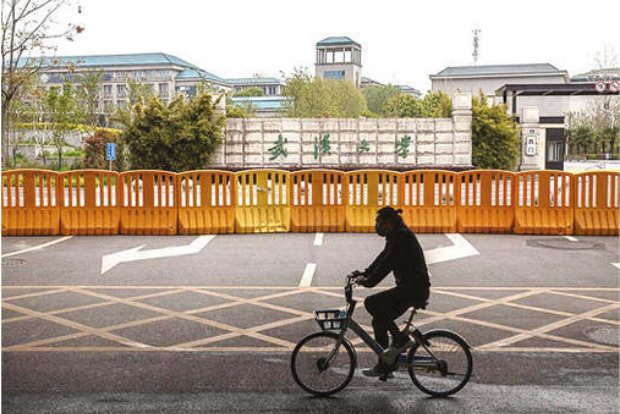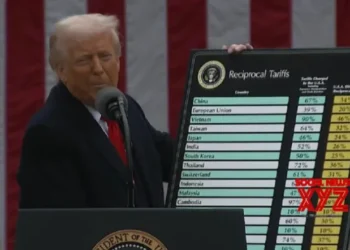A batch of early coronavirus data that went missing for a year has emerged from hiding. In June, an American scientist discovered that more than 200 genetic sequences from COVID-19 patient samples isolated in China early in the pandemic had puzzlingly been removed from an online database.
With some digital sleuthing, Jesse Bloom, a virologist at the Fred Hutchinson Cancer Center in Seattle, managed to track down 13 of the sequences on Google Cloud.
When Dr. Bloom shared his experience in a report posted online, he wrote that it “seems likely that the sequences were deleted to obscure their existence.” But now an odd explanation has emerged, stemming from an editorial oversight by a scientific journal. And the sequences have been uploaded into a different database, overseen by the Chinese government. The story began in early 2020, when researchers at Wuhan University investigated a new way to test for the deadly coronavirus sweeping the country. They sequenced a short stretch of genetic material from virus samples taken from 34 patients at a Wuhan hospital. The researchers posted their findings online in March 2020. That month, they also uploaded the sequences to an online database called the Sequence Read Archive, which is maintained by the National Institutes of Health, and submitted a paper describing their results to a scientific journal called Small. The paper was published in June 2020.
Dr. Bloom became aware of the Wuhan sequences this spring while researching the origin of COVID-19. Reading a May 2020 review about early genetic sequences of coronaviruses, he came across a spreadsheet that noted their presence in the Sequence Read Archive. But Dr. Bloom could not find them in the database. He emailed the Chinese scientists on June 6 to ask where the data went but did not get a response. On June 22, he posted his report, which was covered by The New York Times and other media outlets.
At the time, a spokeswoman for the N.I.H. said that the authors of the study had requested in June 2020 that the sequences be withdrawn from the database. The authors informed the agency that the sequences were being updated and would be added to a different database. But a year later, Dr. Bloom could not find the sequences on any database. On July 5, more than a year after the researchers withdrew the sequences from the Sequence Read Archive and two weeks after Dr. Bloom’s report was published online, the sequences were quietly uploaded to a database maintained by China National Center for Bioinformation by Ben Hu, a researcher at Wuhan University and a co-author of the Small paper.
On July 21, the disappearance of the sequences was brought up during a news conference in Beijing, where Chinese officials rejected claims that the pandemic started as a lab leak.
According to a translation of the news conference by a journalist at the state-controlled Xinhua News Agency, the vice minister of China’s National Health Commission, Dr. Zeng Yixin, said that the trouble arose when editors at Small deleted a paragraph in which the scientists described the sequences in the Sequence Read Archive. “Therefore, the researchers thought it was no longer necessary to store the data in the N.C.B.I. database,” Dr. Zeng said, referring to the Sequence Read Archive, which is run by the N.I.H.
An editor at Small, which specializes in science at the micro and nano scale and is based in Germany, confirmed his account. “The data availability statement was mistakenly deleted,” the editor, Plamena Dogandzhiyski, wrote in an email. “We will include a link to the depository where the data is now hosted.” While the disappearance of the sequences appears to be the result of an editorial error, Dr. Bloom felt that it was still worthwhile looking for other sequences of coronaviruses that might be lurking online. “It definitely means we should keep looking,” he said.A Deepening Mystery: Virus sequences that disappeared are backAn editor at Small, which specializes in science at the micro and nano scale and is based in Germany, confirmed his account. “The data availability statement was mistakenly deleted,” the editor, Plamena Dogandzhiyski, wrote in an email. “We will include a link to the depository where the data is now hosted.” While the disappearance of the sequences appears to be the result of an editorial error, Dr. Bloom felt that it was still worthwhile looking for other sequences of coronaviruses that might be lurking online. “It definitely means we should keep looking,” he said.






















